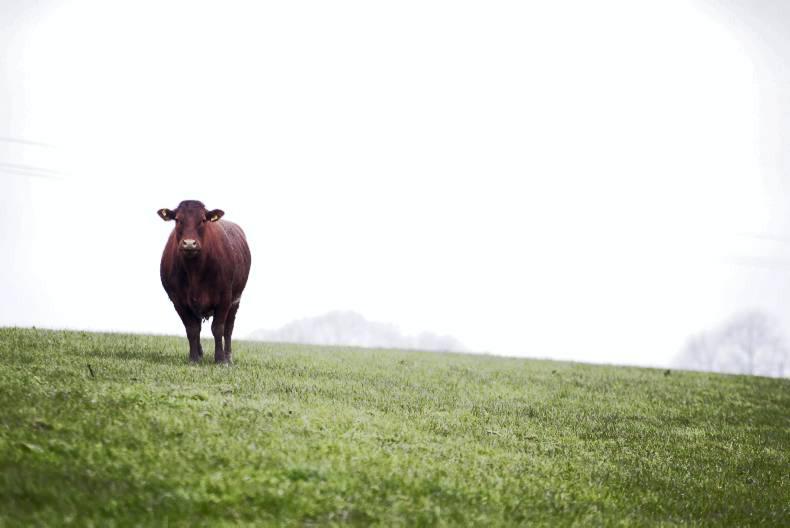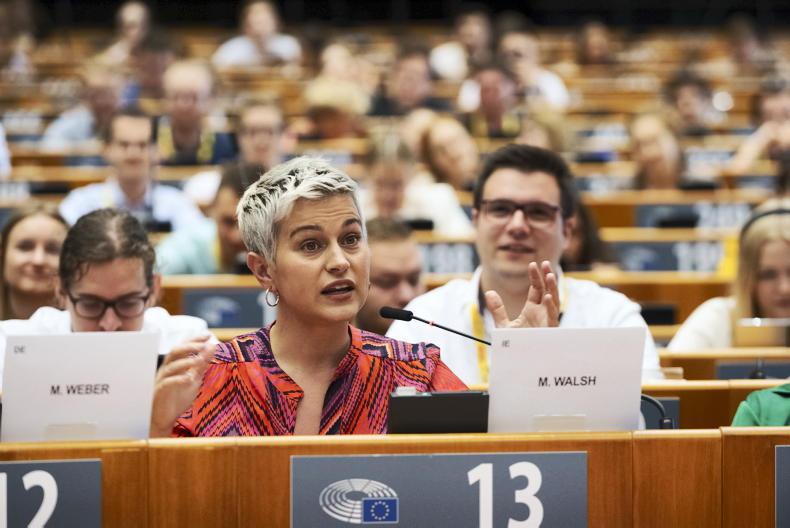Antibiotics are a scarce commodity and an essential resource in the treatment of human and animal disease, particularly when it is unlikely that there will be any new classes of antibiotics becoming available for many years.
The rise of antibiotic resistance is seen as a global public health threat with consequences for animal health, food security and the environment. The development of resistant strains of bacteria is a natural phenomenon, which is very complex and multi-factorial – but excessive or inappropriate use of antibiotics increases the development and spread of resistance.
Poor infection control practices, inappropriate food handling practices, and in particular poor disease prevention strategies, encourage the further spread of antibiotic resistance.
In March of this year, the European Parliament agreed that the use of existing antibiotics should be restricted and new ones should be developed in order to fight the growing resistance of bacteria to today’s antibiotics. In a vote on draft plans to update an EU law on veterinary medicines, MEPs agreed to support a ban on collective and preventive antibiotic treatment of animals. They have also backed measures to stimulate research into new medicines.
Veterinary medicines must not serve to improve performance or compensate for poor animal husbandry, say MEPs, who advocate limiting the prophylactic use of antibiotics to single animals. The revised law would empower the European Commission to designate antibiotics which are to be reserved for human treatment.
In 2014, there were 90t of veterinary antibiotics sold in Ireland, according to a report from the Health Products Regulatory Authority (HPRA). Industry sources estimate that, collectively, Irish farmers spend in the region of €150m/year on veterinary antibiotics. This depends on the population of animals in the country and weather conditions.
Estimates of global antibiotic consumption in agriculture range from around 63,000t to over 240,000t, according to a report recently published by the review on antibiotic resistance, which was set up by the UK prime minister.
The three uses of antibiotics in livestock are for treatment of disease, prophylaxis to prevent disease and growth promotion to increase feed conversion efficiency. Their use as growth promoters was banned in the EU in 2006. However, in the US 70% of medically important antibiotics are consumed by animals.
Particular classes of antibiotics such as Flouroquinolones, third- and fourth-generation cephalosporins, and macrolides have been classed as being of highest risk priority by the WHO and should not be used for first-line treatment.
Carbapenems, lipopeptides and oxazolidinones currently have no veterinary equivalent and the WHO recommends that these classes as well as any new class of antibiotic developed for human treatment should not be used in veterinary medicine.
The Department said that the first step to addressing the challenge of AMR is to improve the overall health status of the human and animal population through disease prevention strategies. These include improvements to biosecurity, adherence to best practice with regard to production and management practices, and implementing integrated disease control programmes.
Targets to reduce on-farm usage of antibiotics, increased use of vaccines and alternatives to antibiotics are also part of this.
Outperforming antibiotics
Ocean Harvest Technology is one company offering an alternative to the prophylactic use of antibiotics with its dried seaweed powder. The product is given to animals in small quantities and has bioactive properties which disturb, but do not kill, bacteria. By disturbing signalling between bacteria, it prevents them from multiplying but does not cause resistance to antibiotics to build up.“There are a lot of different antibiotic compounds in seaweeds, especially the reds which have a wide variety of funny compounds that do this,” said Stefan Kraan, scientific director and co-founder.
“The good thing is that with so many different types of compounds that it is hard for bacteria to build resistance.”
Seaweeds are divided into three classes – browns, greens and reds. They all have unique compounds and “if you make combinations of those it is even harder for bacteria to build resistance”.
Ocean Harvest has completed trials on pig farms in Asia where they replace antibiotics and growth promoters in feed with its seaweed mix.
“We run trials where you have a control, a group that have antibiotics and a group with seaweed,” said Kraan, who is currently doing a trial in Ireland on calves.”
Results from international trials conducted by Ocean Harvest “show that feed conversion efficiency as well as weight gain is either the same or slightly better than the ones where you have antibiotics and growth promoters. So that shows that you can replace them and that the mortality and scours drastically reduce as well.”
“We have shown that we can naturally outperform antibiotics.”
Seventy-five per cent of dairy cows in the country get dry cow antibiotic treatment at drying off, according to dairy farmer Mike Magan. He has conducted a trial on his farm, in conjunction with Animal Health Ireland, to see if cows with low Somatic Cell Count (SCC) could just be treated with teat seal and not dry cow therapy.
“We’ve been concerned for quite some time with dry cow tubes at drying off time. Are they all needed?” he asks.
Listen to an interview with Mike Magan in our podcast below:
In the first year of the trial, only cows that were over 150,000 SCC were given dry cow therapy and teat seal.
“There did not appear to be any new incidences of mastitis and SCC did not go up. The following year we did cows from 200,000 SCC. We found out subsequently that’s the threshold for milk purchases in the UK, that you’re not allowed use dry cow therapy unless they have a serious problem.”
The trial has been running for three years now and in the third year the 200,000 SCC threshold was maintained.
“There’s cows now in their fourth lactation, that were heifers in the first year, that have never got a dry cow tube and there’s absolutely zero increases in the cases of mastitis,” he said.
“The benefits are that you’re introducing less unnecessary antibiotics, there’s a lower cost and really one of the big issues when cows calve is the need to withdraw the milk for the appropriate level of time because of the dry cow therapy and you’ve avoided all of that worry.”
Conditions for cows need to be optimal in order for this to work and Magan admits that he has been more vigilant in certain areas, such as liming cubicles, since he started this trial.
“The most important thing is that at drying off time you need to be meticulous about cleaning the teat; using swabs and medicated wipes to ensure the teat is clean,” he said. “The only place that you can introduce the problem is up through the teat orifice.”
Magan said he would like to see Teagasc trialling this method on a larger scale but as a farmer he would encourage other farmers to at least consider it.
“At a time when we are looking at cost, and we’re looking at being responsible as milk producers, as food producers, prophylactic use of any antibiotic has to be challenged.
“Just because you’ve always done something doesn’t mean you should always continue doing something if there’s a better science or better thinking behind it.”










SHARING OPTIONS